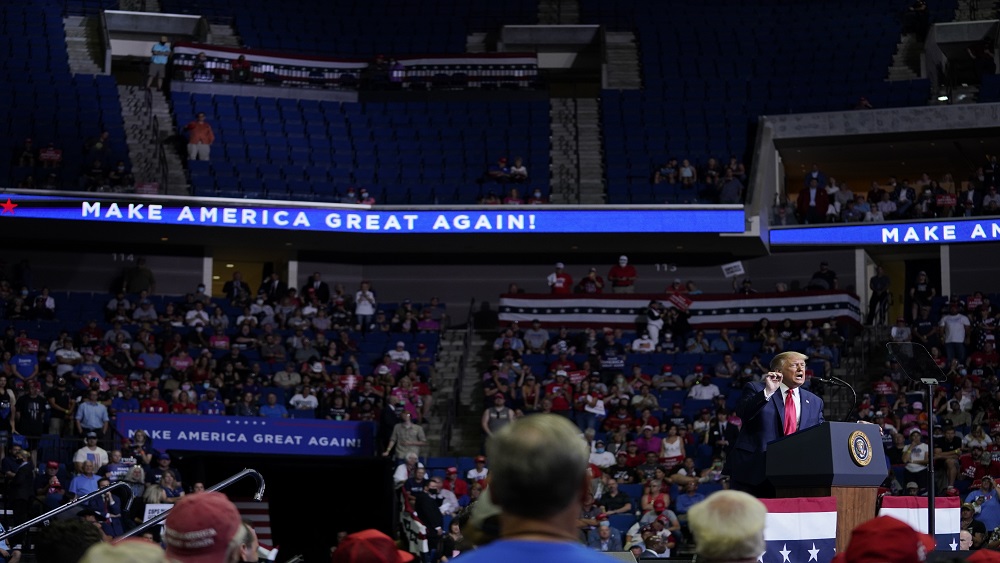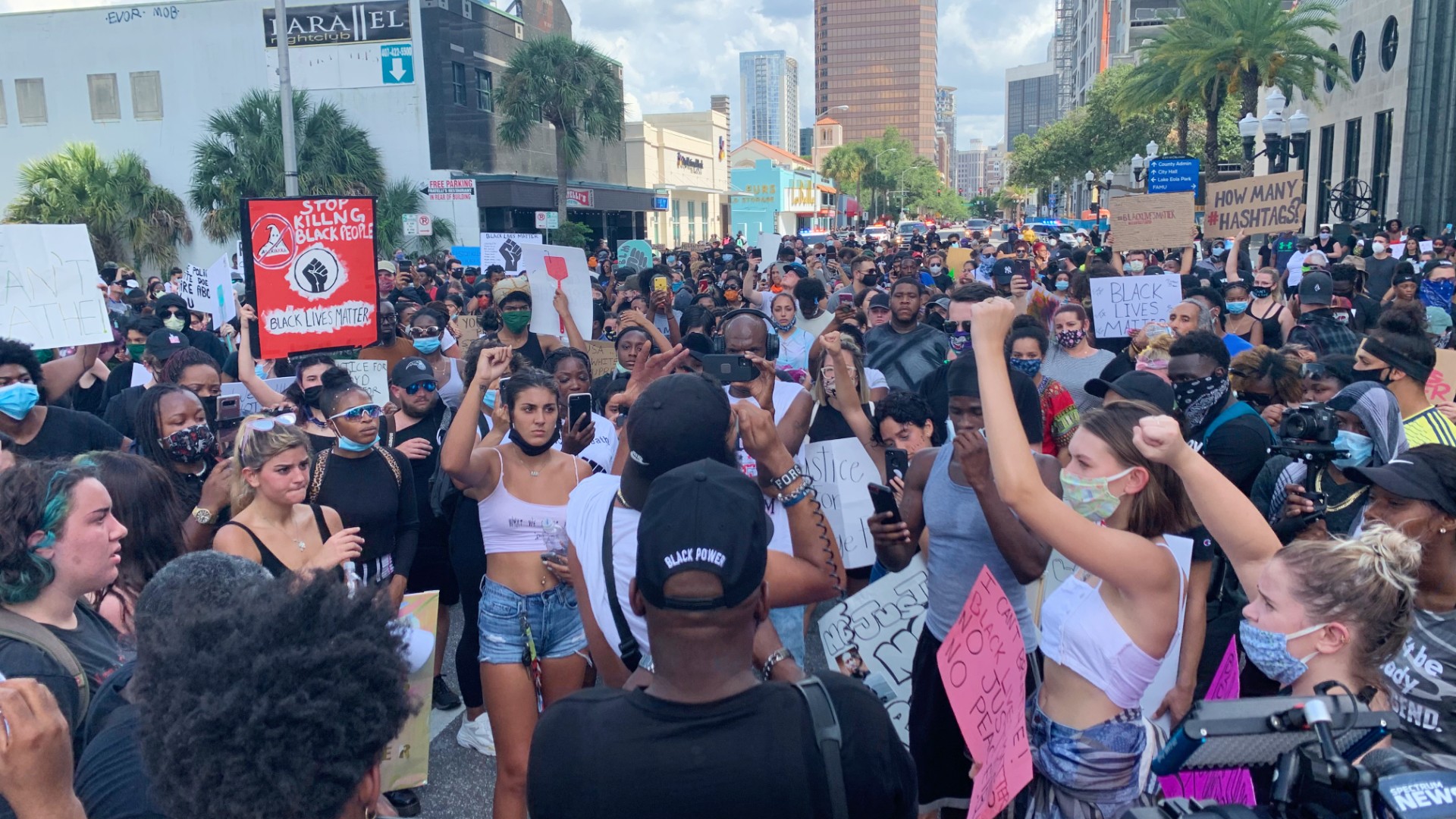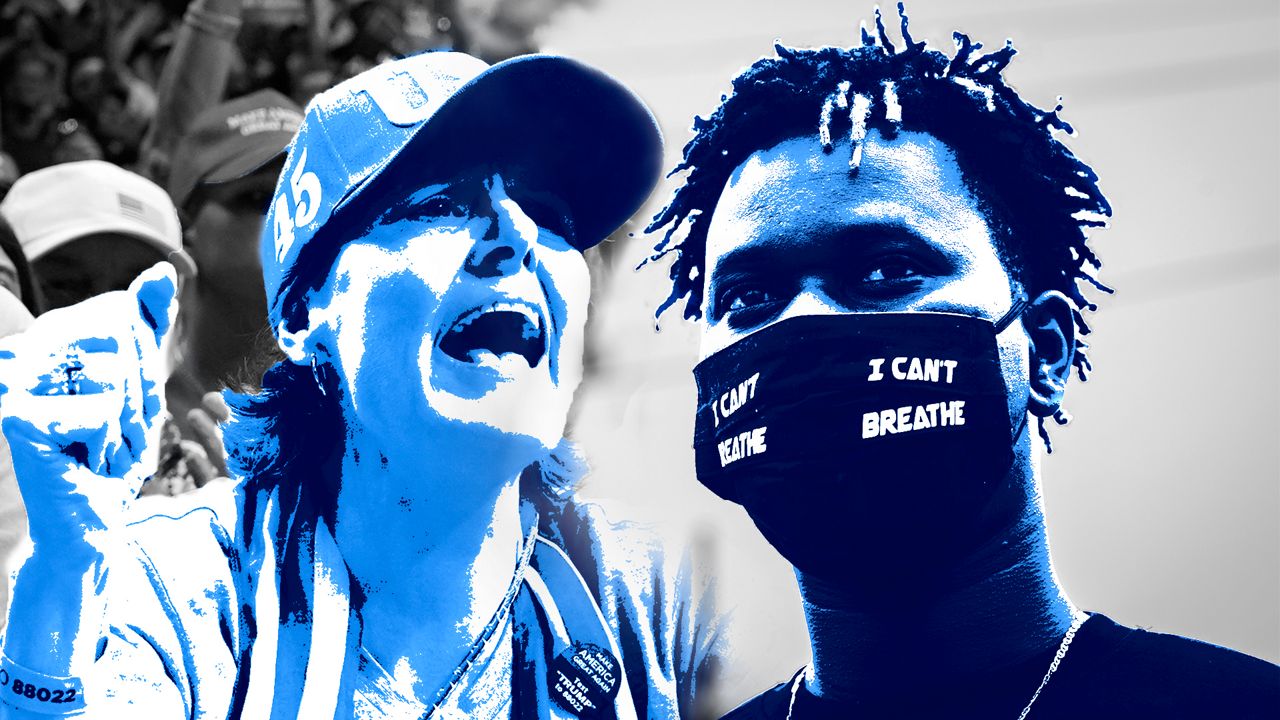NOTE: This story is part of “Together/Alone,” a column from Spectrum News Chief National Political Reporter Josh Robin that explores life during these historic times.
There they were, on people everywhere, on the streets of Seoul, South Korea, so commonplace and nonchalantly worn that no one paid them much notice, apart from the newly-arrived American.
Grace Jun had just graduated college, leaving her native New York for a job in design in her parents’ birthplace. The streets of the frenetic Gangnam section looked like Manhattan but for a few crucial differences, including this one: workers in the late-night restaurants were wearing face masks, often donned not so much to keep themselves from getting sick — but to keep their own colds from spreading.
“The way I see it is if you're wearing a mask, you're actually being polite,” she would say later.

Grace Jun said residents in South Korea are used to wearing face masks, often to keep from spread an illness to other people. Here, people wear face masks while maintaining social distancing during a service at the Chogyesa temple in South Korea. (AP Photo/Ahn Young-joon)
Half a world away and 10 years later, Bob Hall started noticing masks too for the first time — mostly in urban areas and not the rural stretches of East Texas where he lives. He didn’t like them, and really didn’t like them when governments started requiring them. He only wore a mask only once: when he entered a business and was handed one, with the option to put it on or leave.
Masks don’t conjure up politeness in Hall’s mind; in fact, they conjure up grave concerns about how far the country had strayed from what he thought were its promises of individual liberty.
“It adds an unnecessary level of fear of people,” Hall told me of masks, “that there is a bigger threat than what there really is.”
Jun and Hall have never met, and you may never have heard of them. They're not necessarily on opposing sides, but both play distinct roles in the latest skirmish of the now-perpetual American cultural wars: a few inches of cloth on your face in the middle of a pandemic worsening in the United States.
Public health experts say wearing a face mask helps limit the wearer from spreading an illness like the coronavirus (although not as much from catching it from someone maskless who is infected).
Earlier this year, when the virus was on its death march through New York where she now lives, Jun sat at a sewing machine. She is an assistant professor of fashion at Parsons School of Design, with expertise in crafting clothes for the aging and the disabled. This time, she created a DIY mask kit; nothing ridiculously hard or fancy, but it got the job done.
Some national media noticed. Before long, her instructions on YouTube would be seen more than 400,000 times.
“It seems like it should be something that you should be doing,” she told me of wearing a mask, noting many still didn’t. “It just kind of indicates you're conscious of what is happening and you care.”
Hall, 78, is a Republican state senator in Texas — a tea party conservative willing to tangle with the upper ranks of his party, including Governor Greg Abbott. Amid a surge of COVID cases, Abbott earlier this month said local officials could mandate businesses require customers wear face masks.
It came after Abbott had wielded a lighter hand in the matter: he reopened the state’s economy before many thought it was safe, and banned local governments from imposing penalties on people who don’t wear masks in public.
Abbott’s new position set up the likelihood of more mask wearing, just as cases in Texas were climbing dangerously high. But Hall instead wondered if the virus was leading to a different peril.
“Texas has now gone full circle from a dictatorship to a republic to a sovereign American State. Now it appears that as long as we allow the Governor’s actions ... we are expected to live as if we have a monarchy,” he posted on his website.
The comment also got the attention of the national media. And even as polling in April showed the vast majority of Americans said they wore a mask outside the home, Hall’s resistance hews to what President Trump has long telegraphed.

President Trump returned to the campaign trail with a rally in Tulsa in June. Many in the stands went without masks. (File)
At recent Trump rallies, masks were optional — and it appeared most of the audiences decided to opt out of them.
“I don’t think I’m going to be doing it,” Trump said in April; a month later, he retweeted someone making fun of Joe Biden wearing one, and retweeted another person who wrote “Image of Biden in black mask endorses culture of silence, slavery, and social death.”
In return, the Democratic nominee uses a picture of himself wearing the mask Trump mocked on his Twitter profile.
President Trump is "an absolute fool" to mock wearing face masks, Biden told CNN. "Presidents are supposed to lead, not engage in folly and be falsely masculine.”
Meanwhile, tens of thousands took to the streets over the last few weeks after the death of George Floyd. Many wore masks, some with messages written about police brutality. But not everyone wore a face covering, drawing charges of double standards.
To an extent, masks are an extension of an old American controversy: an uneasiness with government and “elite” experts; a struggle between being told to do what’s best for everyone, and what someone thinks is best for himself.

A Black Lives Matter march in Orlando in May.(File)
Others would argue the mask debate is the latest unfortunate chapter of people’s increasing unwillingness to follow science. For instance, the claim that seasonal flu is deadlier in the United States; it’s not. (It’s estimated up to 62,000 people died of the flu during last season; more than 120,000 have died in the U.S. so far of COVID-19).
But scientists’ entreaties to wear masks is complicated by suggestions earlier this year that we do the precise opposite.
“Seriously people- STOP BUYING MASKS!” the U.S. Surgeon General Jerome Adams wrote on Twitter Feb. 29.“They are NOT effective in preventing general public from catching#Coronavirus.”
“Well, this is a really new virus for us,” explained Dr. Ruth Berggren, director of the Center for Medical Humanities and Ethics at The University of Texas Health Science Center at San Antonio. “We're all trying to give advice that is responsive to new data.”
The advice she and others now stress is wear a mask — any mask is better than none — when closer than six feet from someone other than your immediate family members, for prolonged periods, particularly indoors.
Masks help bend the curve, she says.
She says the spike in cases is beginning to stress her local health care system: when we talked, physicians only had enough of a leading treatment for two patients.
“People have outright said, ‘Oh, this is an infringement on civil liberties',” she said. “To me, it's actually a lot easier to put a little mask on my face than it is to practically take all my clothes off and remove my shoes and pull my laptop out of my carrying case to get on an airplane.”
As I write this, in South Korea, where Jun first saw all those people wearing masks, fewer than one in 100,000 people has died from the coronavirus.
“How South Korea Flattened the Curve” popped up on my search engine.
In the United States, the number is now nearly 37 deaths per 100,000 people.
And a moment ago, another headline just popped up: amid another record day of infections in Texas, Gov. Abbott is now urging Texans to stay home.



